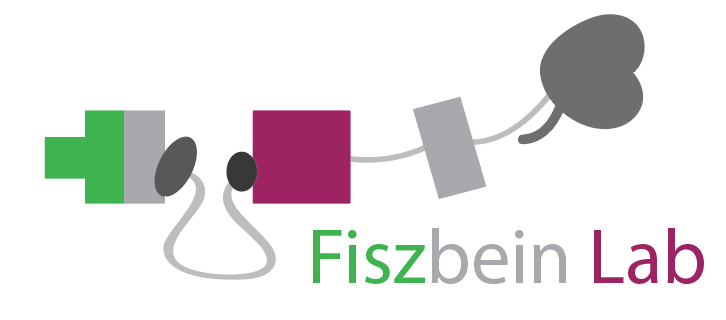
We focus in the interplay between transcription and RNA-processing events to understand how co-transcriptional gene regulation is orchestrated in normal cells and diseases
Our goal is to uncover the molecular processes underlying the interplay between transcription and RNA processing to understand novel layers of gene regulation that will set the path for new therapeutic strategies.
Exon type problem
Alternative RNA processing constitutes a major mechanism for diversifying the human transcriptome. Transcript isoform differences are predominantly driven by alternative first exons, skipped internal exons and alternative last exons. However, there is a lack of tools for classifying exons based on their isoform-specific usage from RNA-seq data. In collaboration with the Pai lab and the Burge lab, we built the HIT (Hybrid-Internal-Last) exon pipeline that systematically classify exons depending on their isoform-specific usage.
Splicing feeds back to transcription
We recently described a phenomenon affecting thousands of genes that we call exon-mediated activation of transcription starts (EMATS), in which the splicing of internal exons impacts promoter choice and the expression level of the gene. We observed that evolutionary gain of internal exons is associated with gain of new transcription start sites (TSS) nearby and increased gene expression. Inhibiting exon splicing reduced transcription from nearby promoters. The strongest effects occurred with weak promoters located proximal and upstream of efficiently spliced exons.
Transcription regulates splicing
How gene expression is orchestrated remains one of the most fundamental questions of molecular biology with implications for our understanding of cellular differentiation, development, disease, and evolution. The EMATS phenomenon shows that exons can feedback to promoters and previous literature suggests that changes in promoter structure can affect splice site selection in individual genes. However, how a DNA fragment which is not transcribed exerts such effects remains unknown.
Promoter interference
Transcriptional processes involve much more of the genome than was once thought and high-resolution analyses have shown that transcription initiation frequently occurs in both directions. We aim to understand how a multi-promoter architecture evolved and what rules govern its mechanisms of regulation. We focus on characterizing the rules underlying a multi-promoter layout regulation in sufficient depth to enable prediction of the relative expression of alternative promoters throughout the genome.
Gene regulation in cancer dysfunction
Understanding how alternative RNA-processing events influence gene expression is of particular importance in cancer genomics, as their aberrant regulation contributes to the ~10 million cancer-related deaths each year. Since disparities in cancer mortality by income level have increased, anti-cancer treatments based on gene regulation have emerged as an alternative approach with lower costs. We undertake an interdisciplinary genomics based approach to develop new computational tools to predict gene regulation networks and design molecules to control gene expression with therapeutic benefits.
Transcript start and ends
Several links between transcription starts and ends are known and a key player on its coordination is the RNA polymerase itself (RNAPII). We recently identified thousands of first and last new exons and observed specific coordinations between transcriptional unit ends. We are now undertaking a systematic approach to investigate : i) how transcription start sites determine transcription ends? And, ii) how transcription dynamics influence transcript length?






